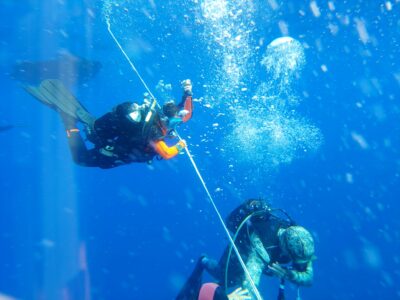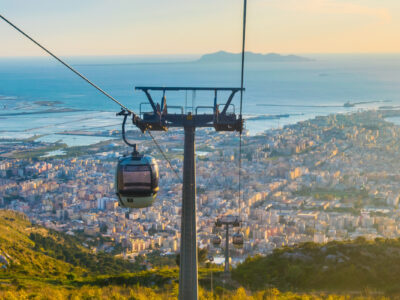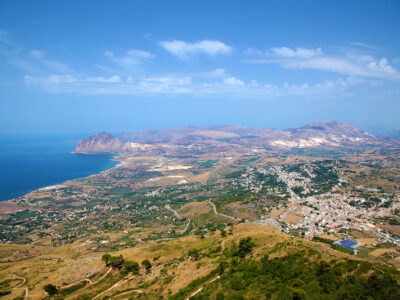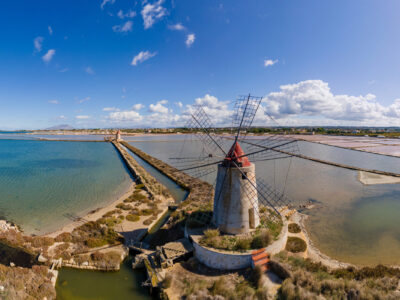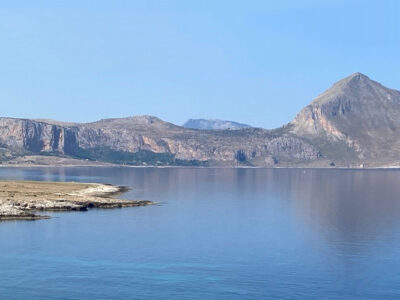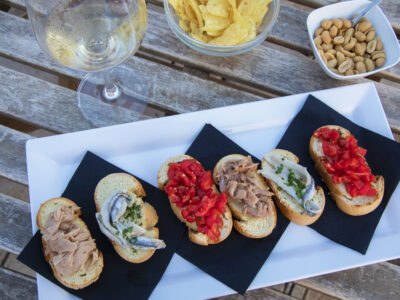Paceco
Paceco
An agricultural centre known in the past for a native variety of yellow melons, called "Cartucciaro", it offers visitors one of the most attractive naturalistic areas in Europe, protected by the WWF: the Oriented Nature Reserve of the Trapani and Paceco Salt pans, inside which is the Salt Museum.
The neighbouring hamlet of Nubia, built near an ancient watchtower, is renowned for the production of salt, typical red garlic and pizzutello tomato. Not far away is the district of Dattilo, home of the delicious, typical ricotta cannoli and attend the traditional “Invito di San Giuseppe”(St. Joseph’s invitation) which takes place on March 19 with the offer of a lunch for three people representing the Holy Family. in front of a votive altar decorated with characteristic loaves. The interesting library-museum houses a relevant selection of archaeological finds.
The landscape of the Paceco salt pans, also visually connected to those of Trapani, represents an unicum of extraordinary value built over time by the industriousness of the people of Trapani who have been able to interpret the resources of nature, creating a perfect balance between economy and environment.
From Piazza Vittorio Emanuele a visual cone opens to “Castello della Colombaia” which closes the port of Trapani to the south. Described by Gustavo Chiesi in his “Illustrated Sicily” of 1892, the flat, green valley of Paceco, rich with crops and vineyards, looks the same today with its vineyards, olive groves, garlic, tomato and melon crops. The real discovery is Nubia, famous for its red garlic and pizzutello tomato, completely surrounded by the salt pans up to the sea, a view dotted with windmills, mounds of salt and ancient salt baileys.
Culture and History
The inspiration for the name was Maria Pacheco, niece of a Spanish deputy and wife of the Marquis Placido Fardella who in 1607 founded the city under the jus populandi (license to populate) granted to him by Philip III, king of Spain, obtaining the title of prince. Thus the fiefdoms and lands of the nearby village of Xitta, now abandoned, were repopulated.
It is believed that Paceco, with a perfect urban layout, was squared off by the Spanish monk Sabellos who had built the new neighborhoods of Madrid. The territory had already been inhabited in prehistoric times as documented by the finds in the rocky caverns of the Sciarrotta and Malummeri districts.
The presence of the Arabs is then attested by toponyms such as Misiligiafari, the hamlet of the Emir Giafar, and Nubia, from nwb meaning gold.
The city was the birthplace of Mino Blunda (20th century), author of radio plays and theatrical texts, a profound connoisseur of the Sicilian soul.
Unfortunately no accommodations were found.
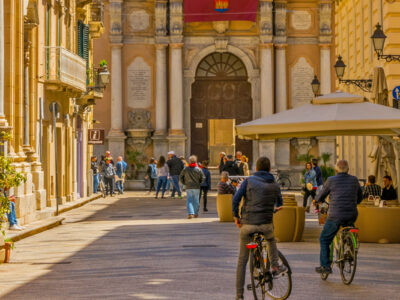
Bike tour in the Trapani Center with Street Food
via Osorio, 10 - 91100 Trapani (TP)Guided bike tour in the Trapani center, to discover city center and its main points of interest, with street food specialties included.

Bike Tour of the Salt Pans of Trapani
via Osorio, 10 - 91100 Trapani (TP)Bike tour of about 3 hours to discover the naturalistic beauties of the Saline di Trapani and Paceco nature reserve.

Fixed 3-course fish menu at Trattoria del Sale
via Chiusa - 91027 Paceco (TP)3-course fixed fish menu (appetizer, first course and dessert) immersed in the Oriental Nature Reserve of the Saline di Trapani and Paceco.

Guided tour of the Culcasi Salt Pans and the Museum
via Garibaldi, 46/A Nubia - 91027 Paceco (TP)Guided tour of the Museum and the Culcasi Salt Pans of the Oriented Reserve of the Trapani and Paceco salt pans, protected by the WWF.


